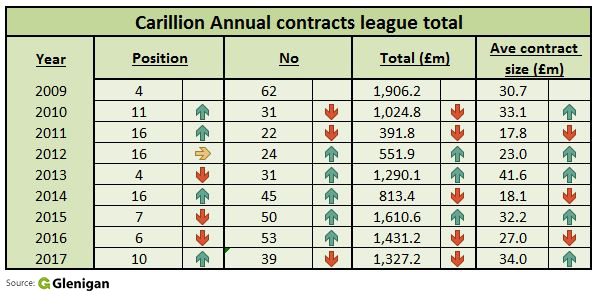The 2018 KPIs provide a valuable assessment of the industry’s recent performance, its strengths and weaknesses, and its ability to address the challenging market conditions forecast for the next few years.
The latest set of KPIs is based upon projects completed during 2017, a year of heightened political and economic uncertainty which disrupted construction workloads and was accompanied by rising material and energy costs and growing concerns over labour availability. Many of the projects covered by the survey were awarded and started on site in earlier years, requiring contractors to accommodate these additional pressures within established build programmes and budgets.
The KPIs reveal a dip in client satisfaction with the industry’s performance, although client satisfaction remains at historically high levels.
Overall client satisfaction is still high with 87% of clients rating the finished product as 8 out of 10 or better, but this is slightly down on the record 90% seen in the previous surveys. Clients’ satisfaction with service and value for money fell more steeply, potentially reflecting the pressures faced by the industry from rising costs and reduced labour availability.
Contractors’ satisfaction with the industry’s clients also slipped. A fall in overall satisfaction has been accompanied by declines in satisfaction about both the information provided for the project by the client and over payment provision.
Looking ahead, firms are facing a sustained period of volatile industry workload and structural change as the UK economy and the construction industry adapt to life outside of the EU. This is likely to increase the pressure on firms’ margins and intensify the need for firms and the industry as a whole to raise productivity. Accordingly, a marked rise in productivity over the last year is encouraging.
Up-skilling the workforce, containing costs and efficiency improvements, including through the greater use of offsite manufacture and integrated working, will be priorities if the industry is to secure improved margins and greater productivity over the coming years.
The Construction Industry Key Performance Indicators provide firms with benchmarks covering the industry’s economic performance, workforce and environmental performance. The KPIs enable firms to appraise their own performance against their peers and help identify where they can secure future improvements that will help enhance their competitive position and win work.
Read the full 35-page document here.
Source: Glenigan




